In a remarkable display of Drone Technology‘s life-saving potential, the Oklahoma City Police Department (OKCPD) recently released footage of a Skydio drone used to locate and rescue a man critically injured after being struck by a train. The incident, which occurred weeks ago on the city’s south side, underscores the transformative role of drones as First Responders, delivering rapid response and critical situational awareness in emergencies,reports KOKH.
Swift Response in a Challenging Emergency
The rescue took place in a difficult environment: a man, hit by a train, lay severely injured in an inaccessible location along the tracks. Traditional search methods would have delayed response, potentially with fatal consequences.
Chief Lucas Qualls of the Oklahoma City Fire Department highlighted the drone’s critical role: “We were able to get a drone up in the air, actually physically locate the patient some distance down the tracks, it was in a very inaccessible spot as well, so it would’ve taken a considerable amount of time to locate this person by normal means.”
The Skydio drone, a premium U.S.-made system known for its advanced autonomy, enabled responders to pinpoint the victim’s location quickly. This speed underscores a key advantage of drones in public safety: their ability to navigate challenging terrain faster than ground-based teams. The victim, who suffered life-threatening injuries, survived thanks to the timely intervention, demonstrating the drone’s effectiveness.
READ MORE: SKYDIO’S TRACKING MAILERS TO POLICE SPARK PRIVACY AND SECURITY CONCERNS
Technical Precision Enhances Situational Awareness
Sergeant Dax Laporte of OKCPD emphasized the drone’s ability to deliver actionable intelligence.
“You could see definitively very critical injuries from the drone. We were able to report that to police officers that were responding, we were able to report that to fire engines that were responding,” he said.
Skydio drones, such as the X10 model used in similar operations, feature high-resolution cameras and AI-driven obstacle avoidance, providing detailed imagery to assess injuries and guide resource allocation.
These capabilities come at a premium, with Skydio drones priced significantly higher—often $10,000-$15,000 per unit—than Chinese-made alternatives like Autel or DJI, which can cost as little as $2,000-$5,000 for comparable models.
Industry Context: Drones as First Responders
OKCPD’s Drone as First Responder (DFR) program is a leader in public safety innovation. A 2024 deployment at the Oklahoma State Fair marked the nation’s first dock-based DFR program for a multi-day event, demonstrating drones’ scalability for large-scale security. Strategically placed drone docks allow remote pilots to launch within 90 seconds, slashing response times.
Noreen Charlton, a Skydio representative, outlined the technology’s versatility: “‘Hey, I think someone’s trying to break into my house,’ the drone can get out there fast and kind of fly around and see if there are any suspects or vehicles that might be involved.”
This flexibility extends beyond emergencies to routine policing tasks, such as suspect tracking or property crime investigations.
The public safety drone market is growing rapidly, projected to rise from $1.2 billion in 2022 to $2.6 billion by 2027, driven by demand for real-time data and cost-effective aerial solutions. Skydio’s edge lies in its autonomous systems and integration with platforms like Axon Respond, which streams drone footage alongside body and dash cameras for comprehensive incident management.
Regulatory and Ethical Considerations
Drones in public safety face regulatory and ethical challenges. The Federal Aviation Administration (FAA) requires waivers for beyond-visual-line-of-sight (BVLOS) operations, essential for DFR programs. OKCPD’s partnership with Skydio includes regulatory support to secure these waivers, ensuring compliance.
Public TRUST remains a concern, with fears of surveillance sparking debate. In Oklahoma, a 2021 drone-assisted arrest fueled privacy discussions. Skydio’s DFR Command software includes a transparency dashboard to align operations with community expectations, but agencies must continue to prioritize clear communication to maintain support.
Future Prospects: Live-Streaming and Collaboration
OKCPD plans to enhance its DFR program with live-streaming capabilities. Sergeant Laporte noted that future deployments will provide officers with real-time video feeds, improving situational awareness. Skydio’s DFR Command software supports this through secure streaming via ReadyLink, enabling seamless data sharing.
Interagency collaboration is another focus. Chief Qualls highlighted partnerships with the Oklahoma City Fire Department, which shares drone access. This model maximizes efficiency, extending drone benefits to firefighting, where thermal imaging can assess fire hotspots or guide resource deployment.
DroneXL’s Take: A Benchmark with Caveats
The OKCPD rescue operation showcases Skydio’s potential to redefine public safety, with autonomous navigation and high-quality imaging setting a high bar. However, the premium cost of Skydio drones compared to more affordable Autel or DJI systems raises questions about accessibility. Smaller departments may struggle to justify the investment, even with federal grants, limiting widespread adoption.
Transparency is also critical. While OKCPD’s efforts to engage the community are commendable, public skepticism about drone surveillance persists. The department’s interagency model offers a scalable framework, but its success depends on sustained funding and regulatory flexibility. This incident marks a turning point for DFR programs, signaling a future where drones are routine first responders—provided costs and ethical concerns are addressed.
Discover more from DroneXL.co
Subscribe to get the latest posts sent to your email.
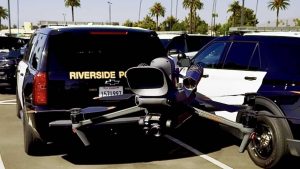
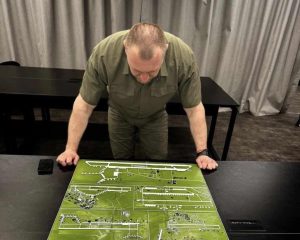
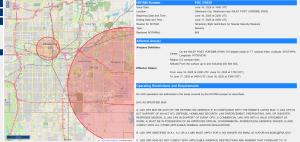
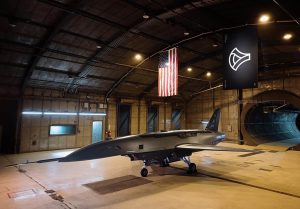
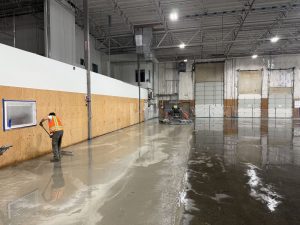
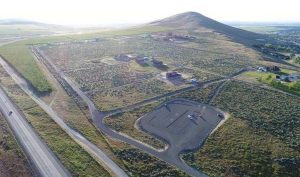
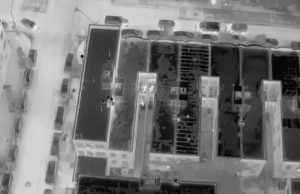



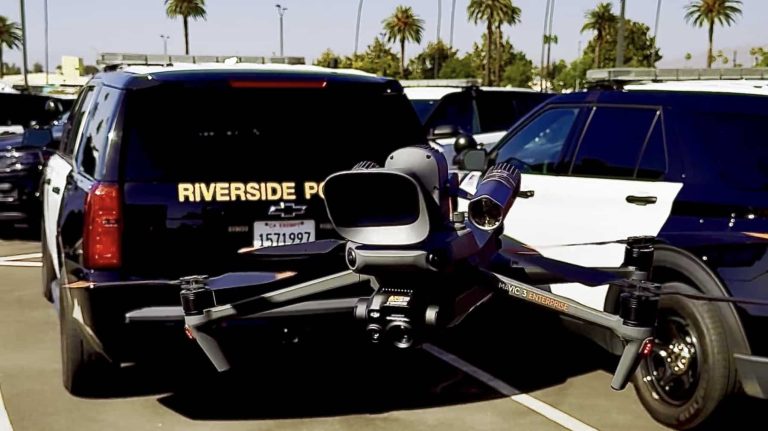
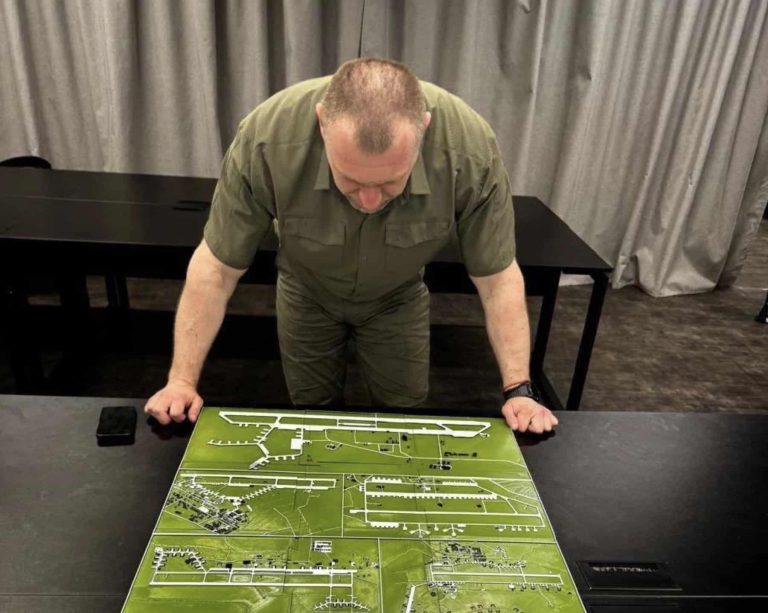
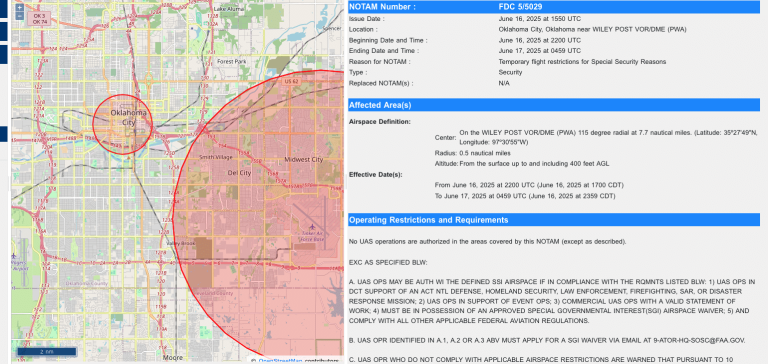

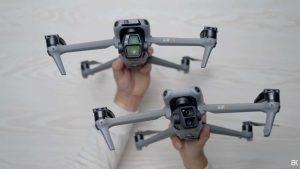
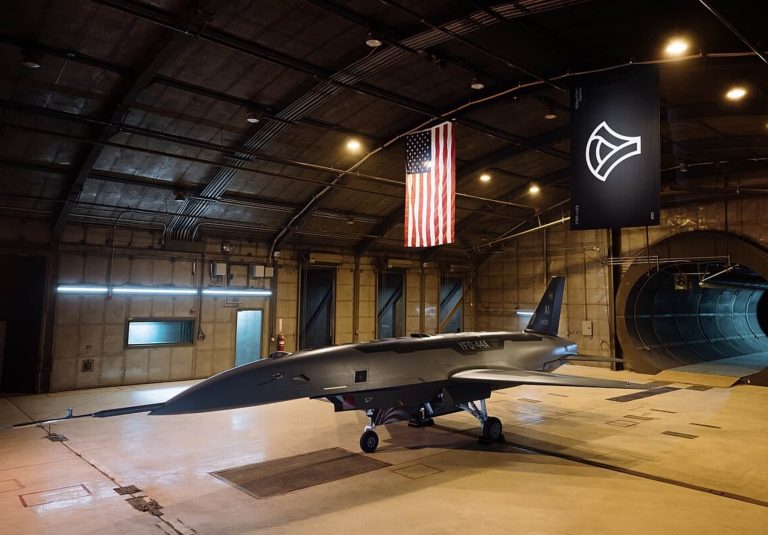

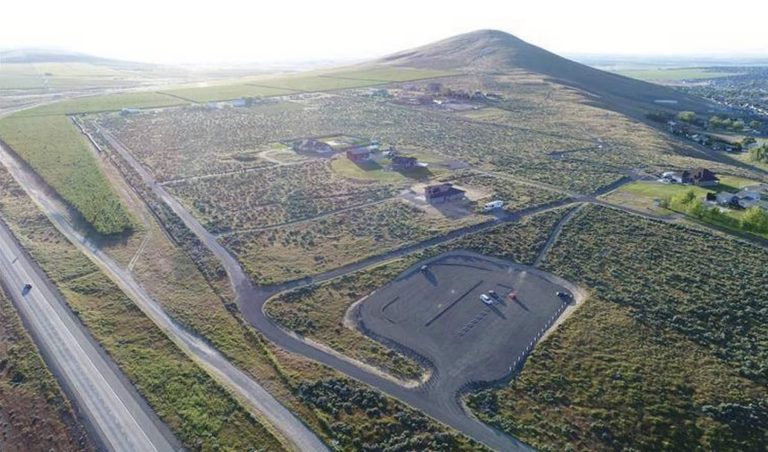


+ There are no comments
Add yours